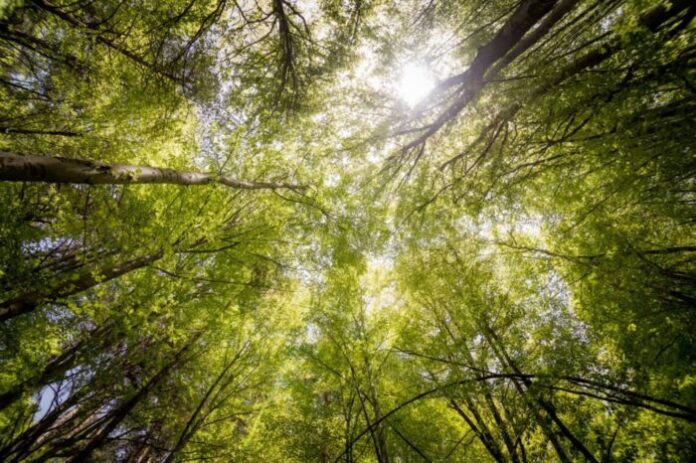
From COP26 to the International Year of Plant Health, passing through the International conference on sustainable development, the United Nations Forum on Forests and the EU Green Week, the next 12 months will be very important to reaffirm the centrality of trees and forests in the struggle to climate change and in the definition of strategies for resilience and sustainable consumption. But together with the campaigns for the restoration of the woods there must be a commitment to preserve the existing, observes FSC Italy.
“The effects of tree restoration or replanting actions can only be assessed and measured in decades, so the first commitment must be to develop an active and responsible management of the existing forest heritage”. To say it is Diego Florian, Director of FSC Italia, an international non-governmental, independent and non-profit NGO, born in 1993 to promote responsible forest management. The issue, with full-blown climate change taking place, is pressing.
In fact, 2019 was the second hottest year from 1800 to today. The year of fires in Australia, and even earlier in Siberia, Alaska, Greenland, Angola and Congo. In the country of kangaroos, the numbers of the catastrophe are impressive: 10 million hectares destroyed, 1 billion wild animals killed or seriously injured, economic damages that exceed 4.4 billion dollars. These are not isolated episodes or the accidental result of coincidences. There is in fact a red thread that unites these events, like others we have witnessed in recent years: it is climate change, which changes environmental and climatic parameters, accelerating the extent and incidence of meteorological phenomena. The first step is therefore to recognize that we are in the midst of a global crisis, and that coordinated and agreed choices are urgently needed to face the emergency jointly.
“One of the fundamental points on which to act is precisely the protection of forests and their restoration,” says Florian. Many researches and studies have in fact for some time highlighted the positive contribution of trees in fighting climate change: not only are they able to retain CO2, the main cause of our planet’s overheating, partially compensating for the emissions produced by anthropic activity, but they can also influence the cycle of water and rainfall, and limit damage from hydrogeological instability.
In a recent report, the IPCC – the UN intergovernmental group on climate change – calculated that it would be necessary to restore a billion hectares of forests by 2050 in order to be able to contain the increase in temperatures to + 1.5 ° C. “The effects of actions of this type, however, can only be assessed and measured between 20 or 30 years. For this they must be accompanied – continues Florian – by an active and responsible management of the existing forest heritage, and by related strategies of resilience and mitigation. Initiatives such as the Bonn Challenge, which aims to restore 350 million hectares of forest by 2030, or the activities of the Global Landscape Forum must be supported by conservation, safeguard and enhancement actions of the already existing global forest areas”.
FAO has shown that forests currently contribute about a sixth of global carbon emissions when degraded or converted; at the same time, however, they have the potential to absorb about a tenth of global carbon emissions. If managed in a sustainable way, trees and forests make a vital contribution to the planet, strengthening livelihoods, providing clean air and water, conserving soil and biodiversity.



































